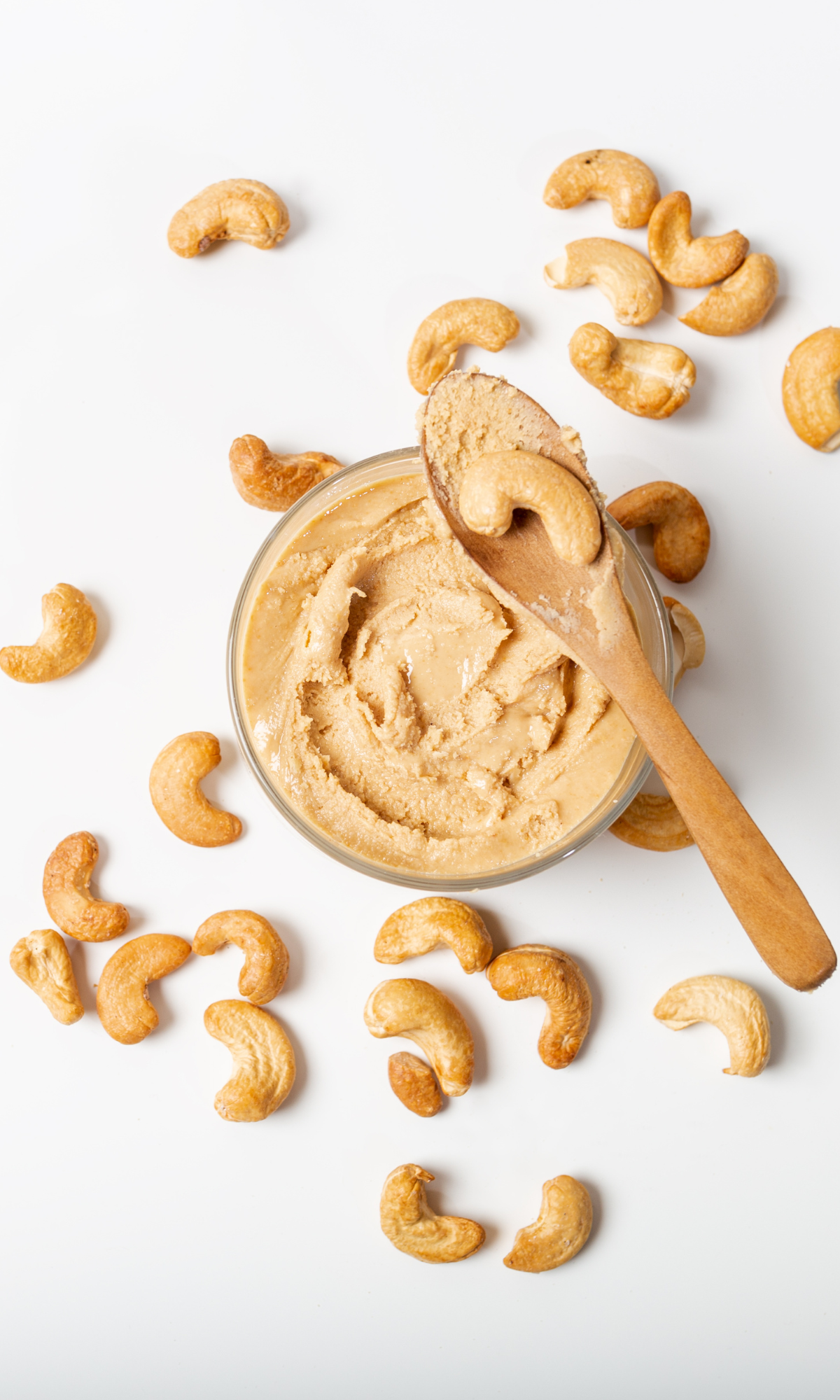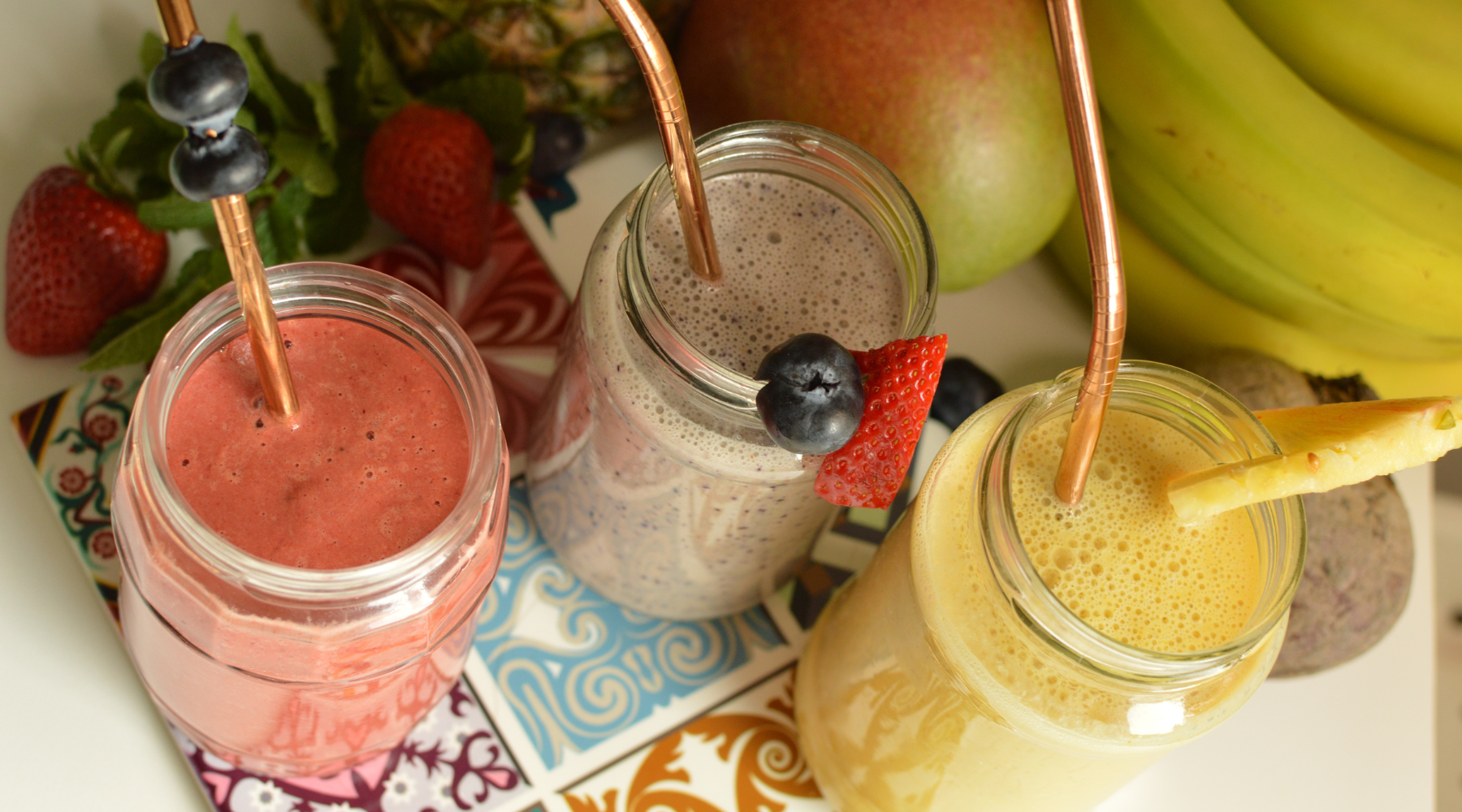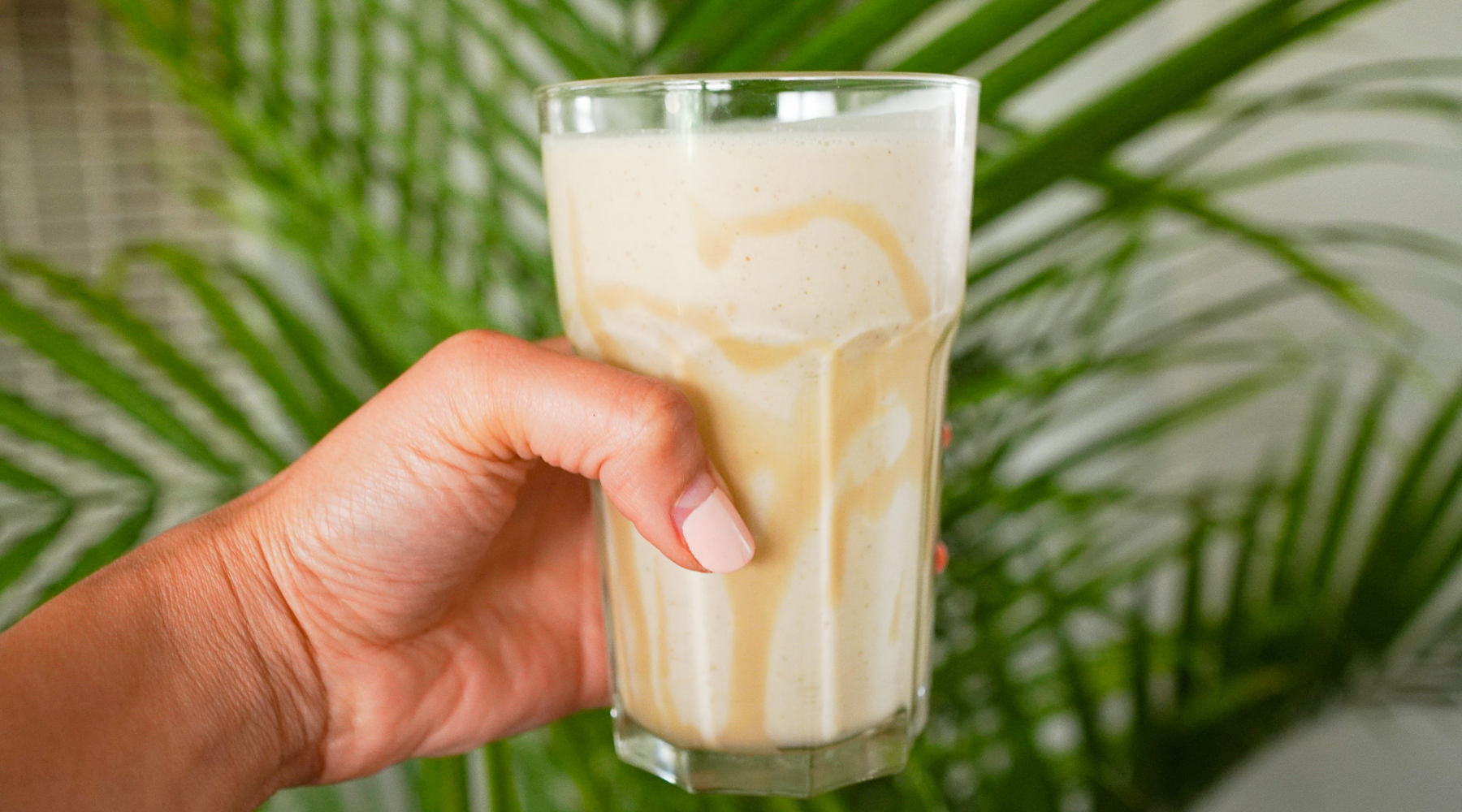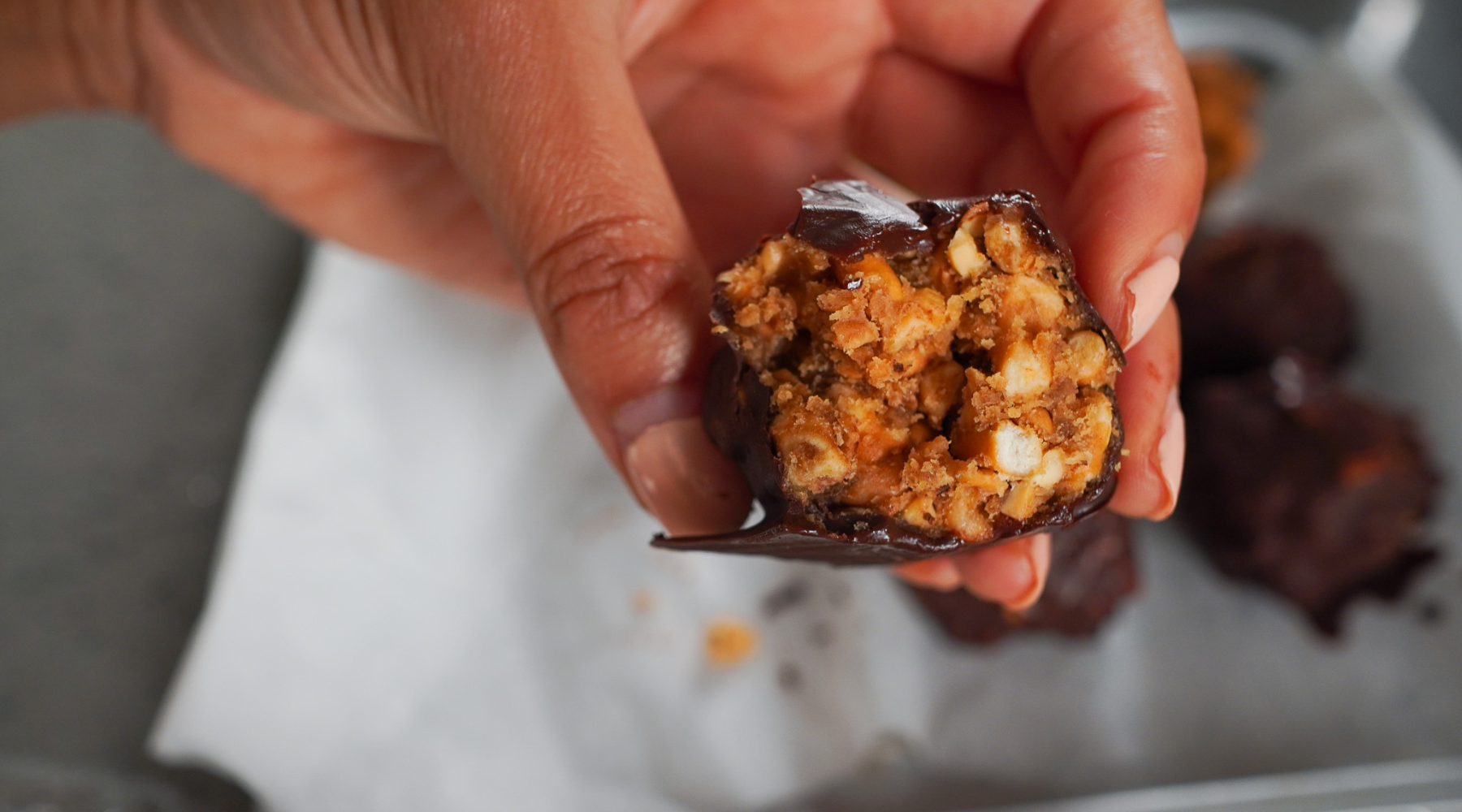Oh, the beloved nut butter!
The sandwhich superhero! And let's not forget the powerful sister - Seed butter!
What can beat a good 'oll peanut butter and jelly sandwich?? It's always a go-to and peanut butter has been a beloved sandwhich hero since the dawn of time! Ok, maybe not that long ;-)
But plain peanut butter (although always a favorite!) is no longer the only kid on the block. Many other nuts and seeds have shown that they too can offer rich, yummy flavors and nutritional goodness.
From classic peanut butter to exotic macadamia butter to fiber-rich chia seed butter, there's a spread to satisfy every palate and dietary need.
In this guide, we'll delve into the world of nut and seed butter, exploring their unique characteristics, nutritional benefits, and versatile uses to help you choose your favorite!
WHAT IS NUT AND SEED BUTTER?
Nut butter is a spreadable paste made by grinding nuts into a smooth, creamy consistency. The skin of nuts is typically not included, so the end product is smoother. Meanwhile, "Chunky" butters incorporate larger pieces of nuts into the nut butter.
Seed butter is similar to nut butter but is made from grinding seeds such as sunflower seeds, pumpkin seeds, sesame seeds, chia seeds, and flaxseeds. Seed butter is also a popular alternative for individuals with nut allergies or dietary restrictions, as it offers similar nutritional benefits without the risk of allergic reactions associated with nuts.
Nut and seed butters most often do not contain added sugars, oils, or preservatives. However, some commercial varieties may include flavor enhancement or texture modification ingredients.
Both kinds are prized for their delicious flavor and nutritional benefits, as they are rich sources of healthy fats, protein, fiber, vitamins, and minerals.
And let us not forget about their versatility! From spreading them on toast to making dips to incorporating them into smoothies, baked goods, sauces, and dressings, nut and seed butter is a pantry must!

WHAT TO CONSIDER WHEN CHOOSING
-v1713360253089.png?680x2646)
When selecting nut and seed butter, you can consider a few things to ensure you choose the best option for your dietary needs, preferences, and lifestyle.
Fat Content
Different nut and seed butters vary in their fat content. While they are all rich in healthy fats, some may have higher or lower levels depending on the type of nut or seed used. Are you looking for a higher fat content for energy or a lower fat option for calorie control? For example, macadamia nut butter tends to have the highest fat content, while chestnut butter typically has the lowest fat content.
Sugar Content
Pay attention to the sugar content in nut and seed butter, especially if trying to limit your sugar intake or manage conditions like diabetes. Some commercial varieties may contain added sugars for flavor enhancement, so opt for natural or unsweetened versions whenever possible.
Allergies
If you have nut allergies, it's essential to choose seed butter or nut-free options to avoid allergic reactions. Conversely, if you have seed allergies, stick to nut-based butter. Always check the label for potential allergens and cross-contamination warnings to ensure safety.
Added Ingredients
Be mindful of added ingredients in nut and seed butter, such as palm oils, preservatives, and artificial flavors. Opt for products with minimal ingredients and avoid those with hydrogenated oils, trans fats, or artificial additives. Look for options labeled as "natural" or "organic" for a cleaner ingredient list.
Special Diets
Consider your dietary preferences and restrictions (Vegan, Paleo, Keto, etc.) when choosing nut and seed butter. For example, if you're following a vegan diet, opt for plant-based options without any animal-derived ingredients. Similarly, if you're following a paleo or keto diet, choose nut and seed butter with no added sugars or grains. If you're on a Paleo diet, avoid nut butter that contains legumes like soy and peanuts.
Texture and Flavor
Nut and seed butter come in various textures and flavors, ranging from smooth and creamy to crunchy and robust. Shelf-stable/no-stir nut butter is typically thicker than natural nut butter that requires stirring. Experiment with different varieties to find the one that best suits your taste preferences. Below, we'll share more about the different varieties and their flavors.
Storage and Shelf Life
Pay attention to nut and seed butter's storage instructions and shelf life. Some varieties may require refrigeration after opening to maintain freshness and prevent spoilage (more natural kinds with minimal ingredients). In contrast, others can be stored at room temperature (typically butters with more added preservatives).
A LOOK AT DIFFERENT NUT & SEED BUTTERS
1. Peanut Butter
Peanut butter is the quintessential nut butter, beloved for its creamy texture and robust flavor. Since peanuts are technically legumes, they are suitable if you only have tree nut allergies, and they are not suitable for the Paleo diet.
Peanut butter is rich in protein, healthy fats, and essential nutrients like vitamin E, magnesium, and potassium. It's also often the most affordable nut butter.
Its versatility knows no bounds—spread it on toast, swirl it into oatmeal, or use it as a dip for fruits and veggies. Opt for natural peanut butter without added sugars or oils for the healthiest option.
2. Almond Butter
Almond butter is another popular choice. It offers a delicate, slightly sweet flavor and is packed with heart-healthy monounsaturated fats, fiber, and vitamin E. It's also an excellent source of protein, making it a favorite among fitness enthusiasts.
Almond butter usually has a thinner texture than peanut butter. It is perfect for smoothies, baked goods, or drizzled over sliced apples for a nutritious snack.
3. Cashew Butter
Creamy and decadent, cashew butter boasts a rich, buttery taste that pairs well with sweet and savory dishes. Cashews are higher in carbs, so they may not be ideal if you are on a keto diet.
It's loaded with vitamins and minerals, including copper, manganese, and phosphorus.
Spread it on crackers, blend it into sauces, or stir it into yogurt for a creamy twist.
4. Macadamia Butter
Macadamia butter offers a luxurious texture and a delicate, buttery flavor reminiscent of its namesake nut, although it tends to be a bit runny.
It's higher in fat than other choices and contains antioxidants like vitamin E.
Enjoy it spread on toast, mixed into salad dressings, or as a dip for crudites.
5. Hazelnut Butter
Hazelnut butter, famously used in Nutella, has a rich, nutty flavor with a hint of sweetness. It's a good source of monounsaturated fats, vitamin E, iron, and folate.
Hazelnut butter is also a low-carb/keto-friendly option, as it is lower in carbs than others.
Spread it on pancakes, swirl it into brownie batter, or enjoy it on its own for a decadent treat!
6. Walnut Butter
Walnut butter offers a distinctive, slightly bitter flavor profile and is loaded with omega-3 fatty acids, which are beneficial for heart health. It also provides antioxidants, fiber, and protein.
Use walnut butter in salad dressings, smoothies, or as a topping for yogurt and granola bowls.
Did you know that you can use walnut butter (plain and natural) as a base to make walnut milk? Just blend it with water and strain!
-(2)-v1713359200011.png?680x2646)
-v1713360086395.png?680x2646)
7. Sunflower Seed Butter
Sunflower butter is ideal for those with nut allergies since it is peanut-, sesame- and tree nut-free. It's rich in vitamins E and B, magnesium, and selenium.
Spread it on sandwiches, stir it into soups, or use it as a dip for pretzels and celery sticks.
BUY SUNFLOWER SEED BUTTER HERE
8. Chia Seed Butter
Chia seed butter is a bit more difficult to find, but if you do, it is a nutritional powerhouse, packed with omega-3 fatty acids, tons of fiber, and protein!
It has a thick, pudding-like consistency and a mild, nutty flavor. Incorporate it into smoothies, oatmeal, or use it as a topping for toast or rice cakes.
TRY THIS ALMOND CHIA SEED BUTTER FROM FORKFUL OF PLANTS
9. Sesame Seed Butter (Tahini)
Tahini, made from ground sesame seeds, boasts a rich, earthy flavor and a creamy texture. It's a good source of healthy fats, protein, and minerals like calcium and iron.
Due to being less sweet than others, you can use tahini in savory dishes, salad dressings, hummus, or as a spread for sandwiches and wraps.
10. Flaxseed Butter
Flaxseed butter is rich in omega-3 fatty acids, fiber, and lignans, which have antioxidant properties. It has a nutty flavor and a slightly gritty texture.
If you are on a keto diet, unsweetened varieties are an excellent choice because they contain zero grams of net carbs per serving.
Spread it on whole-grain toast, mix it into yogurt, or add it to smoothies for a nutritional boost.
MAKE YOUR OWN FLAX SEED BUTTER WITH OUR FLAX SEEDS
11. Pumpkin Seed Butter
Pumpkin seed butter offers a unique, earthy flavor and a creamy consistency.
It's a good source of protein, healthy fats, and essential minerals like zinc and magnesium. Pumpkin seeds are very rich in iron, and pumpkin seed butter is also very keto-friendly, with 1 gram of net carbs per serving.
Enjoy it spread on crackers, stirred into oatmeal, or as a dip for apple slices.







